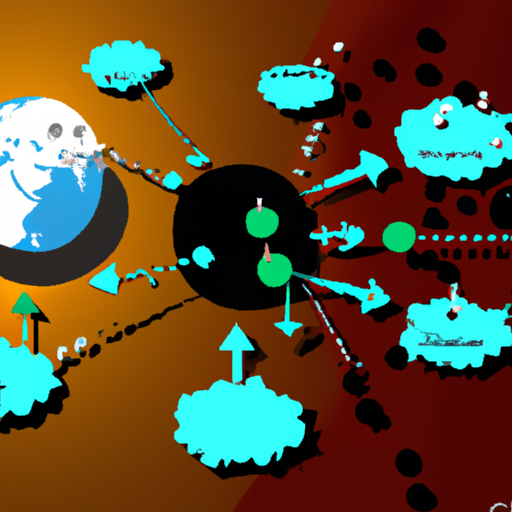How Does Carbon Dioxide Trap Heat in the Atmosphere: Explained
Carbon dioxide (CO2) is a greenhouse gas that plays a significant role in the Earth’s climate system. It acts as a heat-trapping blanket in the atmosphere, allowing sunlight to enter but preventing some of the heat from escaping back into space. This phenomenon, known as the greenhouse effect, is crucial for maintaining a habitable temperature on our planet.
The Greenhouse Effect: A Natural Process
The greenhouse effect is a natural process that has been occurring for millions of years. It is responsible for keeping the Earth’s average temperature around 15 degrees Celsius (59 degrees Fahrenheit), which is essential for supporting life as we know it. Without the greenhouse effect, the Earth would be a frozen and inhospitable place.
Carbon Dioxide and the Greenhouse Effect
Carbon dioxide is one of the primary greenhouse gases that contribute to the greenhouse effect. When sunlight reaches the Earth’s surface, it warms the land, oceans, and atmosphere. Some of this heat is radiated back into space as infrared radiation, while a portion is absorbed by greenhouse gases like carbon dioxide.
How Carbon Dioxide Traps Heat
Carbon dioxide molecules have the ability to absorb and re-emit infrared radiation, which is a form of heat energy. When infrared radiation tries to escape back into space, carbon dioxide molecules in the atmosphere absorb it, preventing its escape. This absorption and re-emission process traps the heat in the lower atmosphere, leading to an increase in temperature.
The Enhanced Greenhouse Effect
Human activities, such as burning fossil fuels and deforestation, have significantly increased the concentration of carbon dioxide in the atmosphere. This increase in CO2 levels has amplified the greenhouse effect, leading to global warming and climate change. The additional carbon dioxide acts as an extra layer of insulation, trapping more heat and causing the Earth’s temperature to rise.
Consequences of Increased Carbon Dioxide Levels
The consequences of increased carbon dioxide levels and the enhanced greenhouse effect are far-reaching. Rising temperatures can lead to more frequent and severe heatwaves, changes in precipitation patterns, melting of polar ice caps, and rising sea levels. These changes can disrupt ecosystems, impact agriculture, and pose risks to human health and well-being.
Conclusion
In summary, carbon dioxide traps heat in the atmosphere through the greenhouse effect. As a greenhouse gas, it absorbs and re-emits infrared radiation, preventing some of the heat from escaping back into space. The increased concentration of carbon dioxide due to human activities has intensified the greenhouse effect, leading to global warming and its associated impacts. Understanding the role of carbon dioxide in trapping heat is crucial for addressing climate change and implementing strategies to reduce greenhouse gas emissions.




